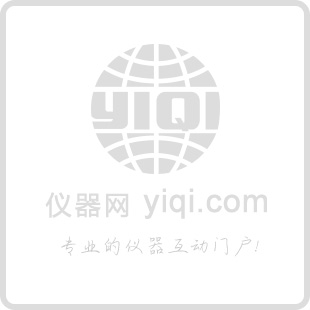Baranyi, L. et al. Rapid Generation of Stable Cell Lines Expressing High Levels of Erythropoietin, Factor VIII, and an Antihuman CD20 Antibody Using Lentiviral Vectors. Human Gene Therapy Methods 24, 214–227 (2013). doi:10.1089/hgtb.2013.002
** Delafosse, L., Xu, P. & Durocher, Y. Comparative study of polyethylenimines for transient gene expression in mammalian HEK293 and CHO cells. Journal of Biotechnology 227, 103–111 (2016). doi:10.1016/j.jbiotec.2016.04.028
** Gutiérrez-Granados, S., Cervera, L., Segura, M. de las M., Wölfel, J. & Gòdia, F. Optimized production of HIV-1 virus-like particles by transient transfection in CAP-T cells. Applied Microbiology and Biotechnology 100, 3935–3947 (2016). doi:10.1007/s00253-015-7213-x
Kobayashi, S., Yoshii, K., Hirano, M., Muto, M. & Kariwa, H. A novel reverse genetics system for production of infectious West Nile virus using homologous recombination in mammalian cells. Journal of Virological Methods 240 , 14–20 (2017). doi:10.1016/j.jviromet.2016.11.006
** Longo, P. a, Kavran, J. M., Kim, M. & Leahy, D. J. Transient Mammalian Cell Transfection wtih Polyethylenimine (PEI). Methods Enzymology 529 , 227–240 (2013). doi:10.1016/B978-0-12-418687-3.00018-5.
Mann JF, McKay PF, Arokiasamy S, Patel RK, Klein K, Shattock RJ. (2013). Pulmonary delivery of DNA vaccine constructs using deacylated PEI elicits immune responses and protects against viral challenge infection. J Control Release. 170(3):452-9.
Thomas M, Lu JJ, Ge Q, Zhang C, Chen J, Klibanov AM. (2005). Full deacylation of polyethylenimine dramatically boosts its gene delivery efficiency and specificity to mouse lung. Proc Natl Acad Sci U S A. 102(16):5679-84.
** Contains particularly useful information.
Store at room temperature
Transfection Reagent Preparation and Storage Recommendations
Transfection Reagent Preparation (1 mg/mL)
Materials
1.1g PEI MAX 40K (kingmorn Catalog#KE1098)
2.1L Milli-Q® water, water for injection (WFI), or comparable biological-grade water
3.1N Sodium Hydroxide, USP
4.Sterile 25 mL plastic pipette
5.0.1µm, 0.2µm, or 0.22µm PES vacuum sterile-filter unit
6.Sterile HDPE or polypropylene storage vials
Equipment
1.1L glass beaker
2.PTFE-coated stir bar
3.Magnetic stir plate
4.1L glass graduated cylinder
5.pH meter
6.Pipette controller
7.Vacuum pump with tubing
Method
1.In 1L glass beaker, suspend 1g of PEI MAX 40K in 900 mL water.
2.Add PTFE-coated stir bar to 1L glass beaker and set stirring to produce small vortex.
3.Wait for PEI MAX 40K to completely dissolve. This typically takes less than 5 minutes.
4.Use 25 mL plastic pipette to add 1N sodium hydroxide dropwise to 1L glass beaker until pH is 6.90 to 7.10.
5.If pH accidently exceeds 7.10, use 1N hydrochloric acid and a new 25 mL plastic pipette to lower pH back to 6.90 to 7.10.
6.Decant solution from 1L glass beaker to 1L graduated cylinder.
7.Add water to 1L graduated cylinder to adjust final volume to 1L.
8.Sterile-filter solution through vacuum membrane.
9.Aliquot solution as desired.
10.Store aliquots at 4°C
Transfection Solution Storage and Shelf Life
At 4°C in a suitable container, the transfection solution will retain its maximum performance for at least six months. For qualitative work, the solution may be suitable for use for up to a year.








